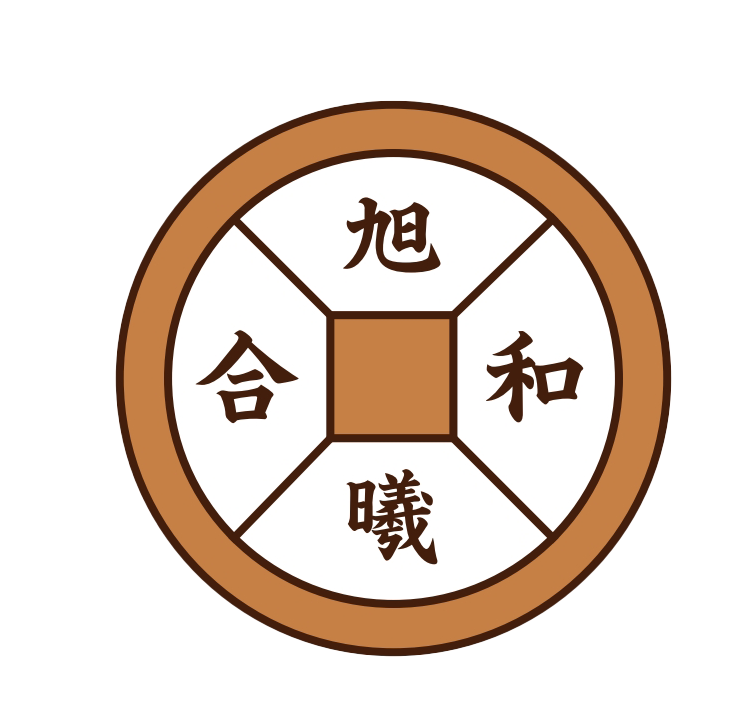Ceramic cups are an embodiment of functionality and creativity which defines the story of each ceramics through their color, design, and texture. The craftsmanship on each of these cups possesses an artistic view. With this in mind, we will look at the different techniques and inspirations behind the design process of these cups. In addition, we will recap history to understand the memories behind these cups.
History suggests that ceramics emerged a few thousand years ago with ancient cultures that excelled at craftsmanship. Throughout the years, ceramics underwent alterations thanks to the rustic touch of handmade earthenware, as well as the intricate design Chinese porcelain cups had. Because craftsmen use both local materials and age-old techniques, this development attests to the cultural importance of ceramics.
The ceramic cup designer is known to use various glazing techniques and that for sure is their most interesting aspect. The glaze is meant to give the cup a nicer appearance, but it also makes the cup’s surface coated and easier to maintain. Other methods such as celadon, raku, and majolica have artists with more of a unique finish and color, allowing people to express themselves. Selecting the glaze type is one of the most important parts of designing the cup, for with it, the overall look is transformed.
Additionally, they are often used in the actual artistic conception of the design. The impression we receive from a cup depends on its outline and even simple minimalist styles create a strong feeling. Artisans would on occasions re-evaluate proportions and contours with the aim of achieving cups that were not only eye-catching in appearance but also ergonomic. And this is what differentiates good ceramic cups from their modern, mass-produced counterparts: the balance between function and ergonometric beauty.
There has recently emerged a noticeable tendency in the ceramic industry to engage in both ecological and sustainable practices. The artisans are using locally sourced natural materials and are adopting traditional methods of firing, which lessens their carbon footprints while passing on their culture. Such a change is in line with the current societal trend, where the customers are focussing on and demanding for products that fit their beliefs. Because of this, ceramic cups, apart from their elegance, are a testament to the ethics of their production as well.
The future of the ceramic cup industry is quite promising and eye-opening as new technologies and design concepts continue to evolve. The expansion of the online marketplace has also diversified the accesibility of artisan products to a global clientele, offering a wider scope for creativity and the appreciation of artistic expression. So, if you’re a ceramic cup collector, a casual coffee drinker or someone who values good craftsmanship, these cups are the perfect piece of art for you.

